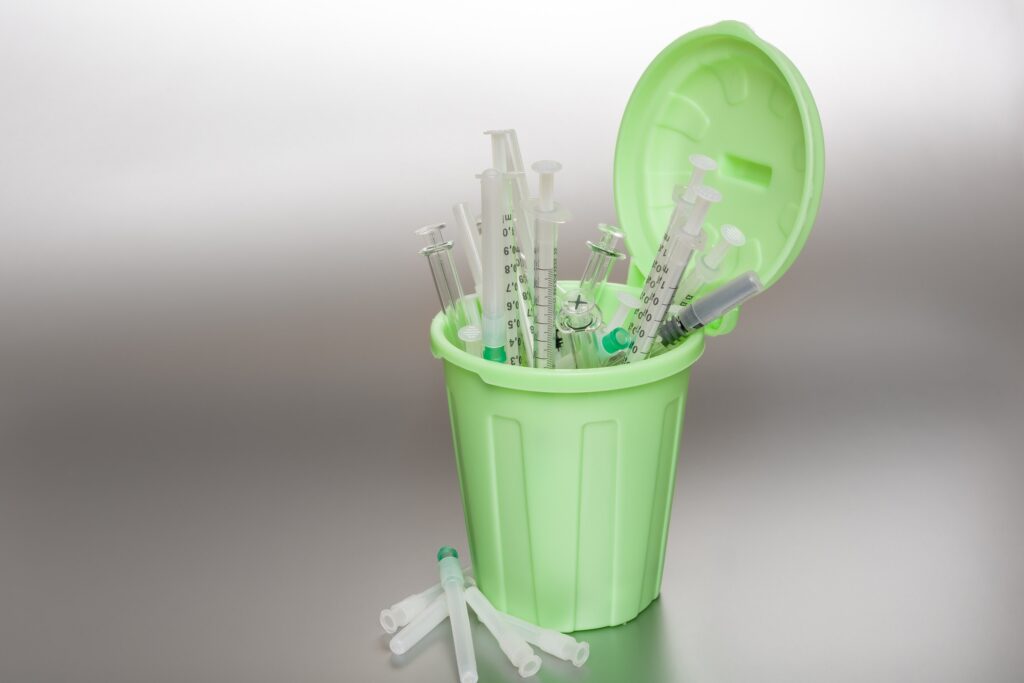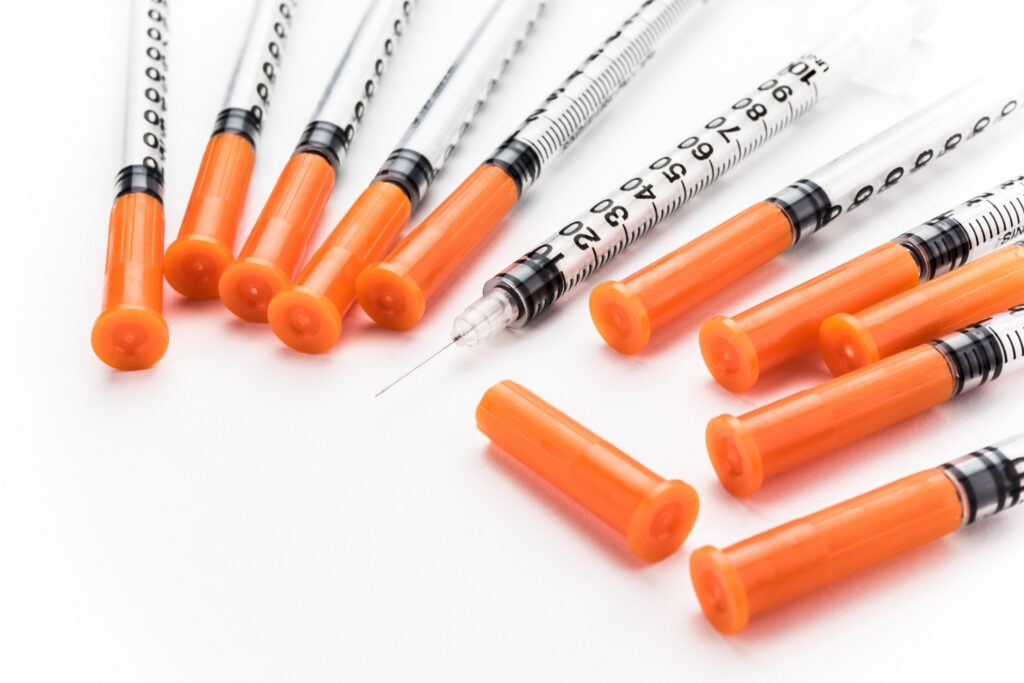Key Points
Though controversial, harm reduction strategies like syringe exchanges and naloxone access programs have the potential to save lives on a population level.
Syringe exchange programs have proven effective in decreasing transmissions of blood-borne infections from intravenous drug use.
Uncertainty about the legality of supervised injection facilities has discouraged states from utilizing this harm reduction technique.
Decreasing financial barriers to obtaining naloxone and medication-assisted treatment will help at-risk populations.
Expanding access to naloxone is most effective when combined with other harm reduction methods.
Harm reduction programs offer crucial services that save lives and decrease disease transmission. They also encourage interaction with medical professionals, which can improve individual and community health in the short term and potentially lead to treatment and recovery in the long term.
Featured Publications
Haiman Wong
April 17, 2025
Stacey McKenna
April 8, 2025
Chelsea Boyd, Mazen Saleh
March 18, 2025
Logan Seacrest, Jillian Snider
March 11, 2025
Steven Ward
March 6, 2025
Chelsea Boyd
March 5, 2025
Chelsea Boyd
March 3, 2025
Jeffrey S. Smith
Feb 27, 2025
Jeffrey S. Smith
Feb 25, 2025
Jeffrey S. Smith
Feb 25, 2025









